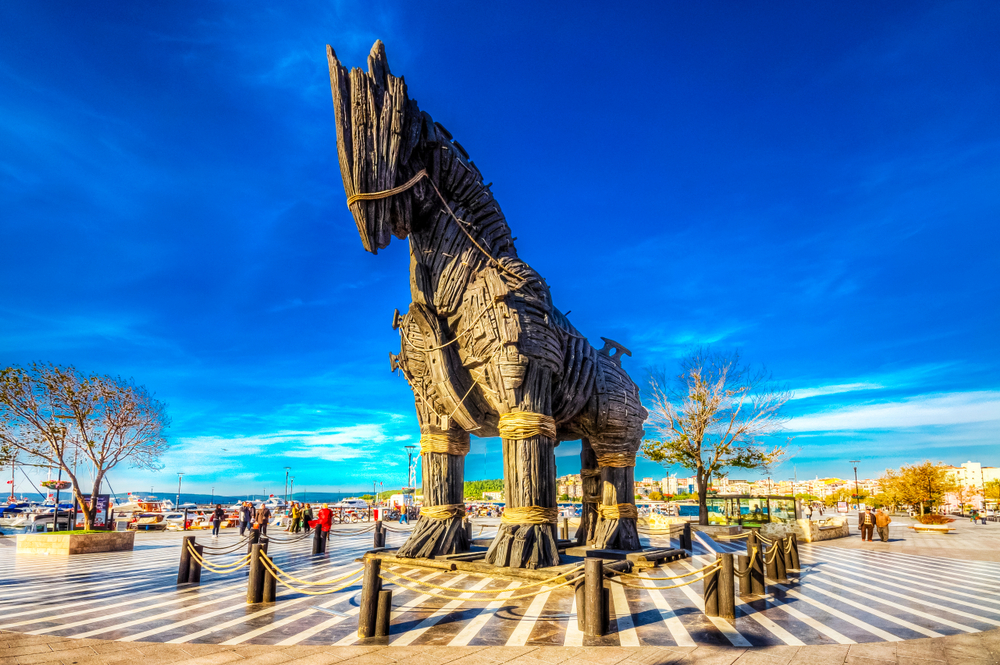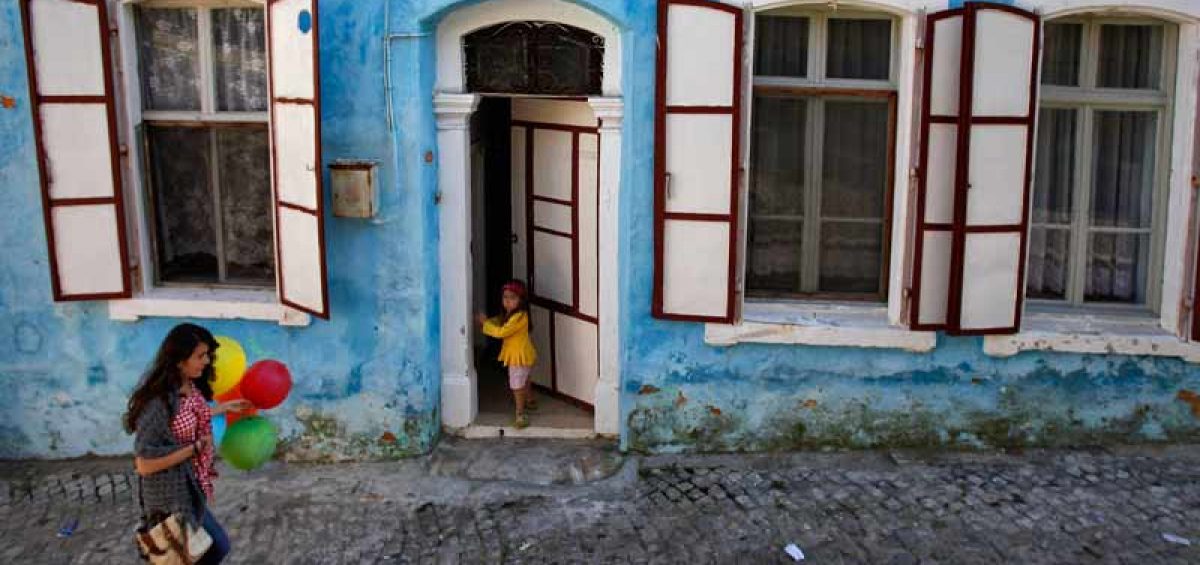9 Worth to Discover UNESCO Sights in Turkey!
The UNESCO World Heritage List features 15 sites located in Turkey. Here is a little information about our favorite 9 World Heritage Sites in the country. They include some of the most magnificent and stunning landmarks of Turkish history.
How many of those have you visited already?
Hierapolis-Pamukkale
Unesco Pamukkale – meaning “cotton castle” in Turkish – is a natural site in Denizli Province in southwestern Turkey. An unreal landscape of calcite-laden waters, made up of mineral forests, petrified waterfalls and a series of terraced basins, one of the most spectacular you’ll find anywhere. Pamukkale has served as a spa site for at least 2,200 years. The Greco-Roman town of Hierapolis was established above the pools, and its ruins — temples, bathhouses, a theater, and more — are still there. If you visit today, you can bathe in the same pools as the Attalid kings of the second century BC.
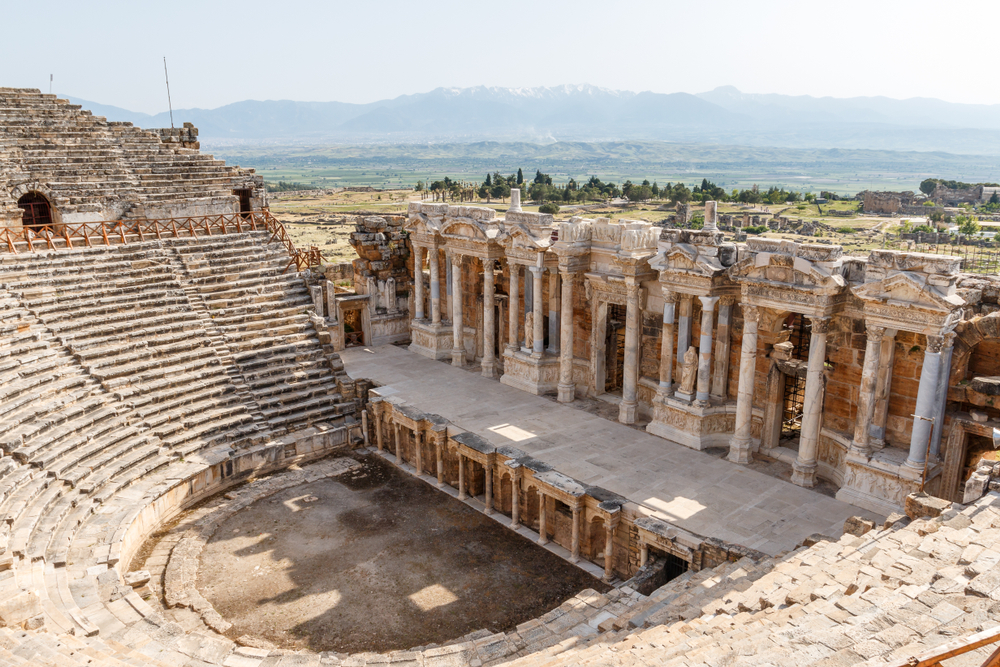
Selimiye Mosque and its Social Complex
Unesco – This square mosque, with its single great dome and four slender minarets, dominates the skyline of the former Ottoman capital of Edirne. A surrounding complex of schools, a covered market, a clock house, an outer courtyard and a library complete the site. Constructed between 1569 and 1575, the mosque is the creation of the most famous of Ottoman architect of the 16th century Mimar Sinan, and features exquisite interior design.
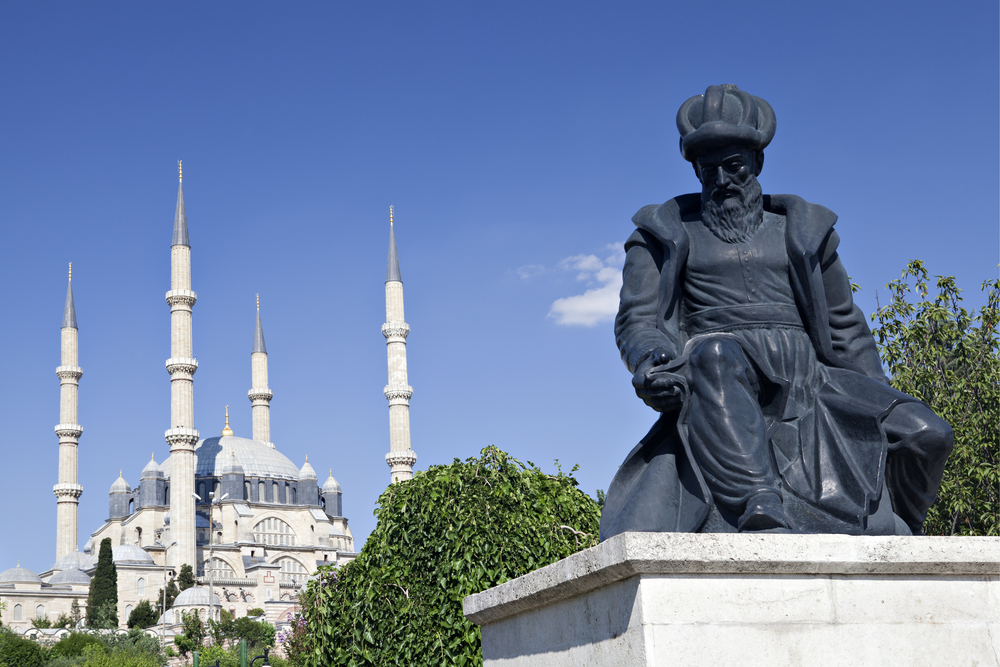
Göreme National Park and the Rock Sites of Cappadocia - Unesco
Located on the central Anatolia plateau within a volcanic landscape, sculpted by erosion to form a succession of mountain ridges, Göreme National Park is home to the famous fairy chimneys and rock sites of Cappadocia, one of the most fantastical landscapes in the world. Sculpted by thousands of years of erosion, these formations range from precarious pinnacles to stout pyramids. Habitation of the area dates back to at least the Bronze Age, as evidenced by the numerous cave dwellings carved directly into the stone, which have served as hideouts, monastic quarters, and storerooms over the centuries. Today, the preferred method of sightseeing in Cappadocia is on a sunrise hot-air balloon tour.
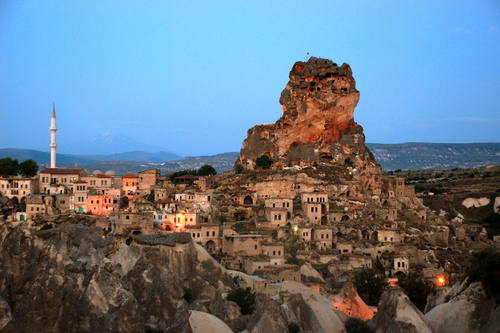
City of Safranbolu
The city of Safranbolu is a typical Ottoman city which has played a key role in the caravan trade from the 13th century. Many of the fine structures built over the next few hundred years are well preserved today: mosques, a bathhouse, a historic inn, and religious education facilities. The city also was widely known for its locally grown saffron (hence the name). A heritage of artisan crafts and hospitality also remains in modern Safranbolu.
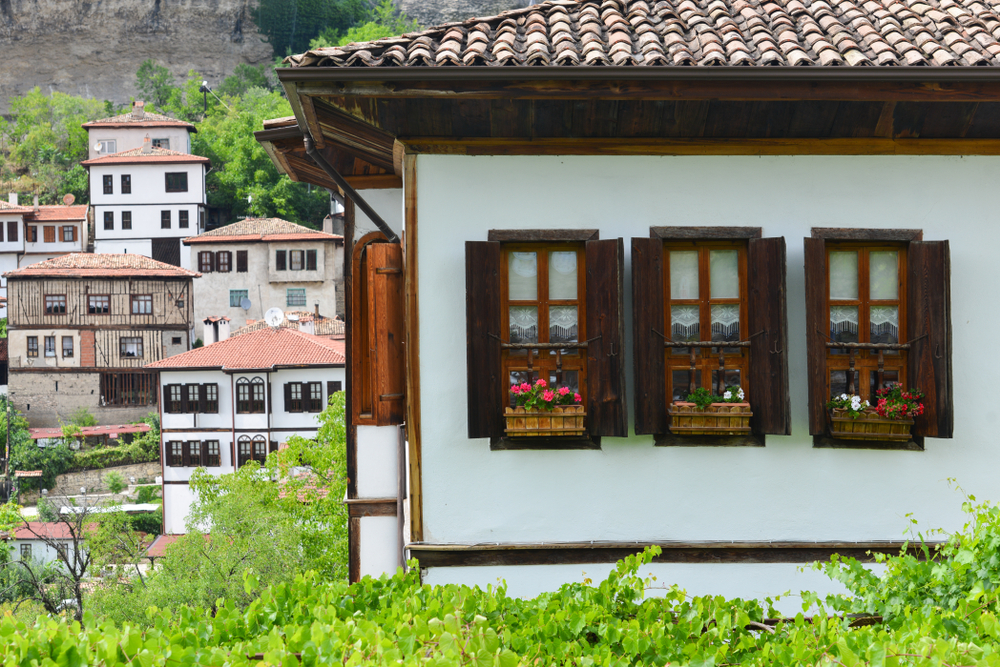
Hattusha: The Hittite Capital
Hattusha was the former capital of the Hittite Empire and is notable for its urban organisation, the types of construction that have been preserved, such as the temples, royal residences and fortifications, the rich ornamentation of the Lion’s Gate and the Royal Gate and the ensemble of rock sanctuary of Yazilikaya. Walking through the remains of this great settlement, it’s inspiring to imagine the power that once dwelt here.
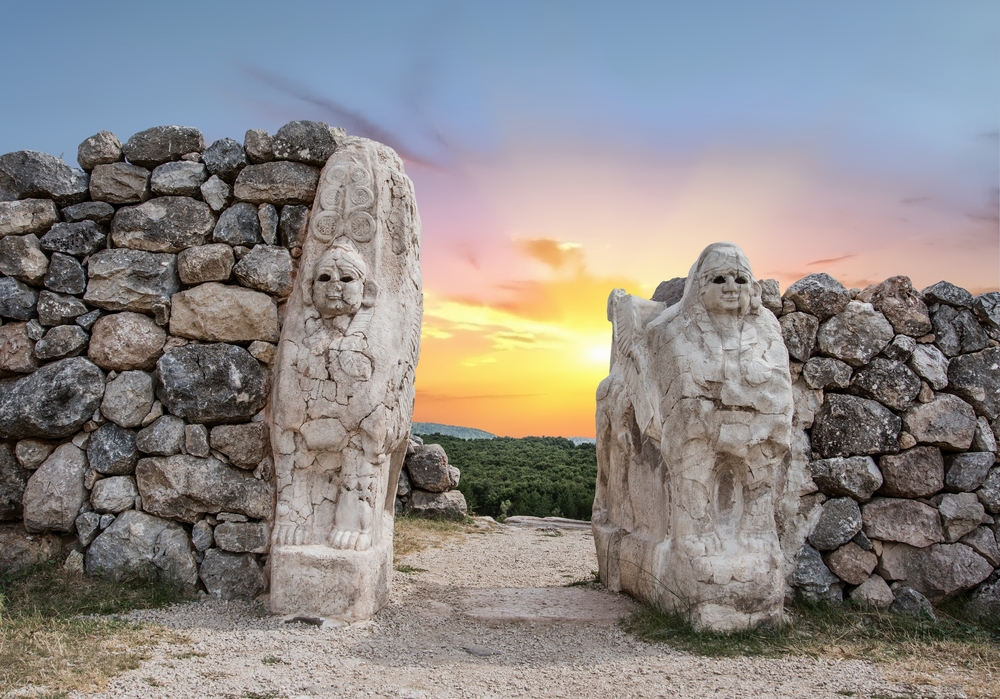
Historic Areas of Istanbul
The historic centre of Istanbul, which sits on the Peninsula was surrounded by ancient walls between which the former Byzantium and Constantinople developed. The outstanding value of Istanbul resides in its unique integration of architectural masterpieces that reflect the meeting of Europe and Asia over many centuries and in its incomparable skyline formed by the creative genius of Byzantine and Ottoman architects.
Buildings that create this UNESCO site include Hagia Sophia, the 15th century Faith complex, Topkapı Palace, the Süleymaniye Mosque. Sehzade Mosque, Blue Mosque and the New Mosque.
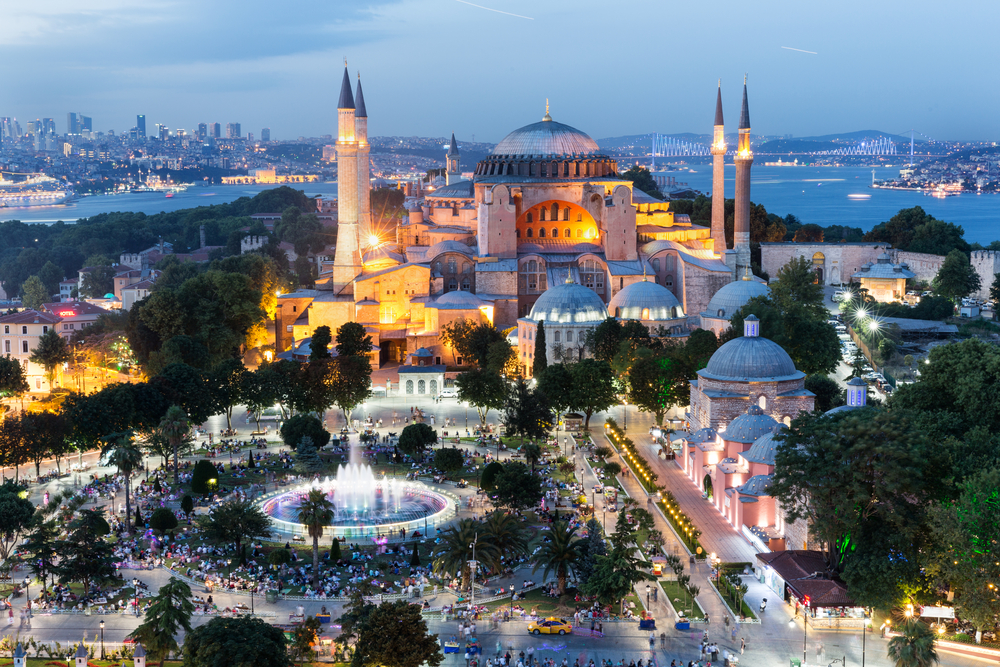
Ephesus
Ephesus was an ancient Greek city on the coast of Ionia, located at what is now known as Selçuk near the modern day city of Izmir.
Serving as a capital of the Kingdom of Arzawa as early as 1500 BC and later falling under Greek control, many of the structures that remain today date to the Roman period starting in 129 BC. The status of Ephesus in antiquity was legendary — it was one of the 12 cities of the Ionian League under the Greeks; the site of the Temple of Artemis, one of the Seven Wonders of the Ancient World; and was one the largest cities in the Roman Empire. It was also home to the Apostles Paul and John and features in early Christian texts.
Today, the main sites at Ephesus include the Library of Celsus, the Great Theatre, the Basilica of St. John, and the nearby Ephesus Archaeological Museum. The ruins of the city are certainly a favourite with international and local tourists and are one of the most popular destinations in Turkey.
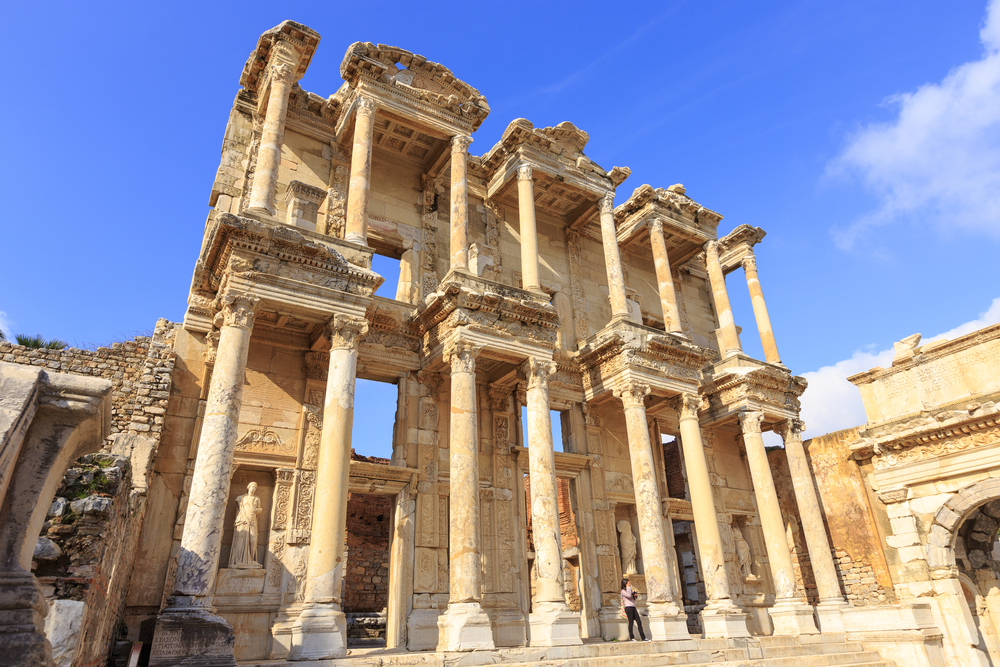
Mount Ararat
The 7,000ft Mount Nemrut, part of the Eastern Taurus mountain range, stands in southeastern Turkey near the modern city of Adıyaman.
At its summit is a tumulus mound of stones, artificial terraces, and abundant statuary — all suggesting the presence of a royal tomb from the 1st century BC. The heads of the statues have tumbled from their original perches to a lower terrace, but apart from that the work is quite well preserved. Rediscovered in 1881, Nemrut Dağ has been a World Heritage Site since 1987 and is accessible by road during the summer months, often on pre-dawn trips in order to catch the sunrise from the Nemrut’s summit (note that these mountains see a lot of snow in winter).
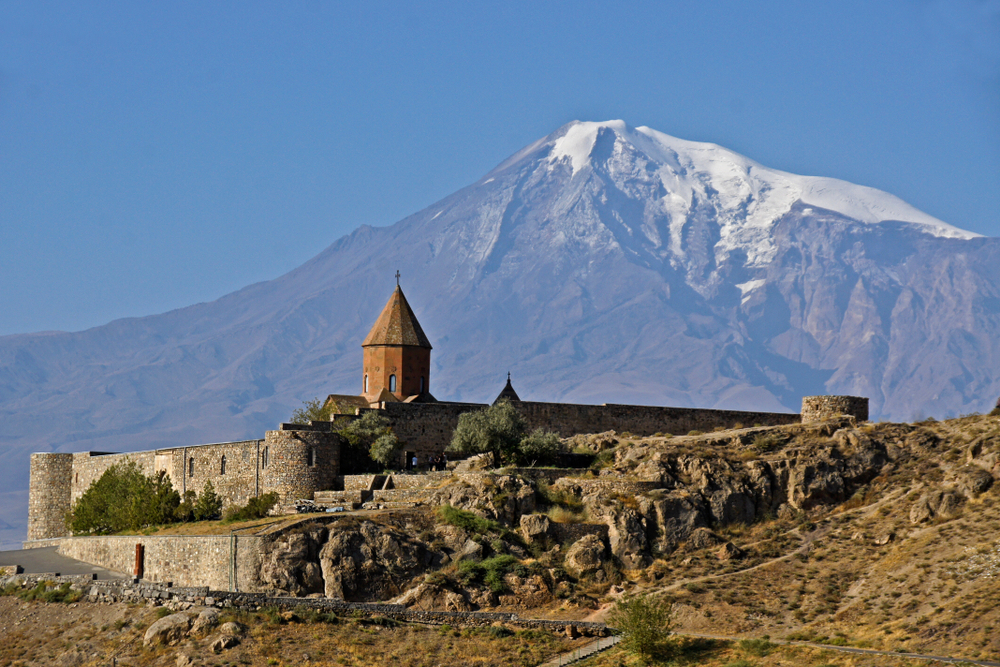
Archeological Site of Troy
The world famous archaeological site of Tory was immortalised by Homer in the Iliad as the site of the Trojan War. In an early beauty contest, Paris of Troy had to choose between the three beauties Hera, Athena and Aphrodite. Paris chose Aphrodite who had promised Paris the love of Helen, the Queen of Sparta. Paris’ subsequent abduction of Helen to Tory provoked the Trojan war. The site is designated a UNESCO due to its extensive remains which are considered the most significant evidence of the first contact between the civilizations of Anatolia and the Mediterranean world and Tory has inspired great artists throughout the world ever since.
The Archaeological Site of Troy tells of 4,000 years of human history, and is absolutely worth a visit.
